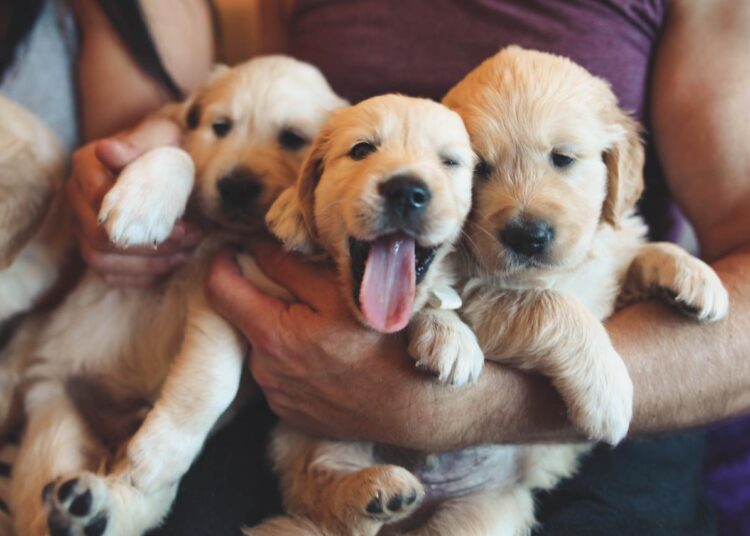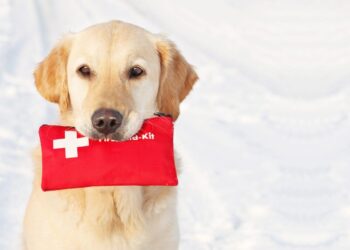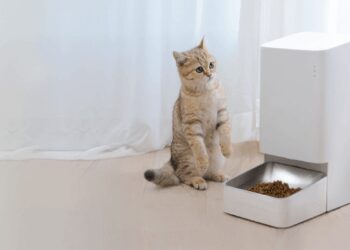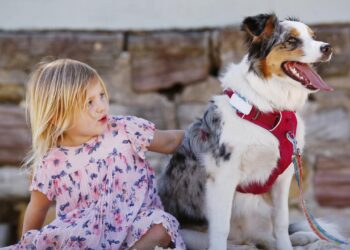The allure of city life is undeniable, but for pet owners, it often comes with a unique set of challenges. Limited space, bustling environments, and a lack of private outdoor areas can make traditional pet ownership feel like a daunting task. However, the rapidly evolving landscape of urban pet living solutions is transforming these challenges into opportunities, allowing city dwellers to successfully integrate their beloved animal companions into high-density environments. This isn’t just about making do; it’s about embracing innovative products, intelligent design, and community-driven initiatives that foster a vibrant, fulfilling life for pets in metropolitan areas.From space-saving furniture and smart tech designed for small apartments to thriving community dog parks and specialized city-based pet services, urban pet living is redefining what’s possible. This comprehensive article delves into the critical considerations for pet ownership in urban settings, explores the cutting-edge solutions designed to optimize space and enhance well-being, highlights community resources, and provides essential advice for creating a harmonious and enriched environment for your pet in the heart of the city.
The Urban Pet Paradox
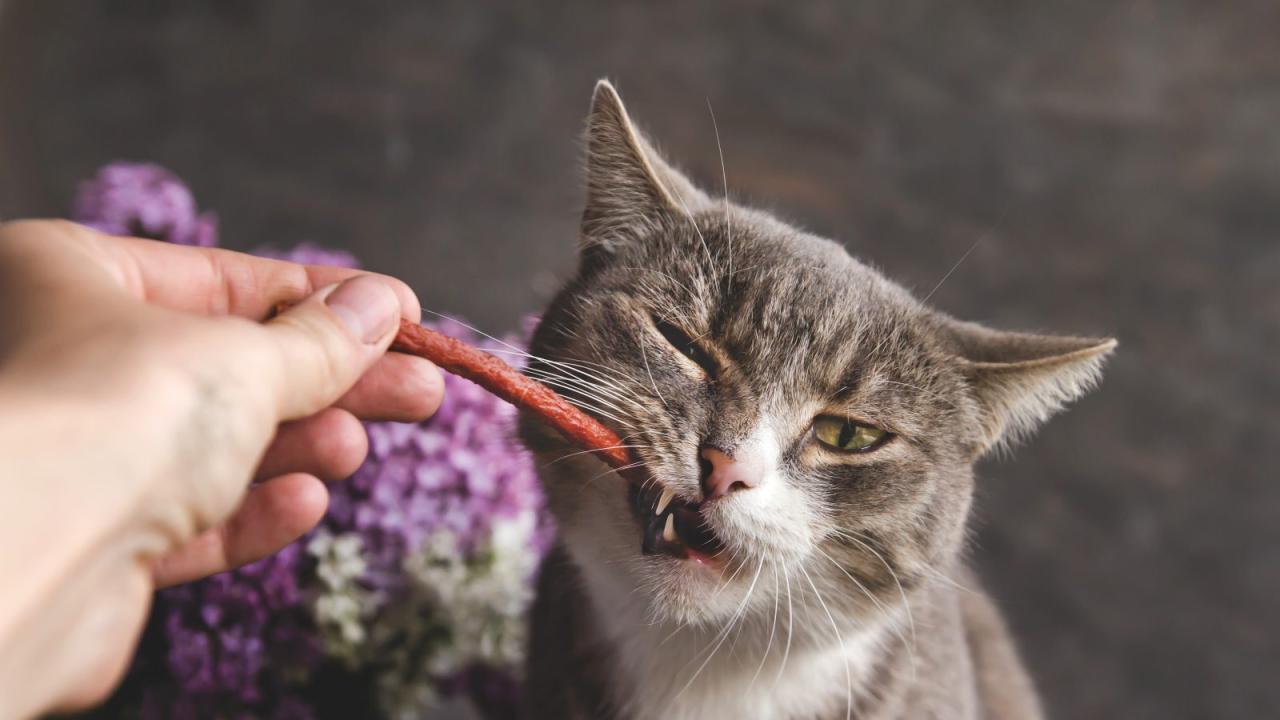
City living, by its very nature, presents a distinct set of environmental factors that impact pet ownership. Understanding these challenges is the first step towards finding effective solutions.
A. Limited Space
- Smaller Dwellings: Apartments, condos, and townhouses often mean no private yard, limited room for large pet supplies, and less free space for pets to roam indoors.
- Lack of Green Space: Access to parks, open fields, or dedicated dog runs can be scarce or require significant travel.
B. Environmental Stimuli
- Noise Pollution: Constant traffic, sirens, construction, and crowds can be overwhelming and stressful for sensitive pets.
- Crowds: Navigating busy sidewalks, public transport, and crowded parks requires well-socialized and well-behaved pets.
- Pollution: Air quality and street contaminants can pose health risks.
C. Lifestyle Factors
- Busy Schedules: Long work hours and commutes mean pets may spend more time alone.
- Mobility: Relying on public transport or walking, making it harder to transport larger pets or access pet-friendly amenities.
- Rental Restrictions: Many landlords have strict pet policies, including breed restrictions, weight limits, or additional fees.
Despite these hurdles, the rise of urban pet living solutions demonstrates that city life and pet ownership can not only coexist but thrive. The key lies in strategic planning, smart choices, and leveraging innovative resources.
Innovative Solutions for Urban Pet Living
The market is responding to the demands of city pet owners with a wave of creative and functional products and services.
A. Space-Saving Pet Furniture and Design
Maximizing limited square footage is paramount in urban dwellings.
- Integrated Pet Nooks: Built-in feeding stations, pull-out pet beds, or designated pet zones integrated into cabinetry or furniture.
- Multi-Functional Furniture: Coffee tables with hidden pet beds, benches with integrated pet crates, or shelves designed for cats to climb.
- Vertical Space Utilization (for cats): Wall-mounted cat shelves, climbing poles, cat trees that extend to the ceiling, and window perches that offer vertical exploration and vantage points.
- Foldable/Collapsible Items: Travel bowls, portable crates, and beds that can be easily stored when not in use.
B. Smart Pet Technology for City Dwellers
Technology offers solutions for management, entertainment, and monitoring when space or time is limited.
- Automated Feeders: Programmed to dispense precise portions at scheduled times, ensuring consistent meals even when owners are out. Some are microchip-activated for multi-pet homes.
- Smart Water Fountains: Encourage hydration with circulating, filtered water, which is important for overall health.
- Pet Cameras with Two-Way Audio/Treat Dispensers: Allows owners to check on pets, talk to them, and even provide remote treats, reducing loneliness and anxiety.
- Interactive Toys: Remote-controlled toys, automated laser pointers, or puzzle toys that provide mental stimulation and physical activity without direct human presence.
- GPS Trackers for Collars: Essential for urban environments where a lost pet can quickly become disoriented. Offers peace of mind.
- Smart Litter Boxes: Self-cleaning models reduce odor and maintenance, crucial in smaller living spaces.
C. Solutions for Potty Needs
Addressing the lack of a private yard is a key concern for urban dog owners.
- Indoor Potty Solutions:
- Real Grass Patches: Subscription services that deliver fresh, hydroponically grown grass patches that absorb odors and mimic an outdoor environment.
- Artificial Turf Systems: Synthetic grass pads with drainage systems, easy to clean.
- Disposable Pads: While less eco-friendly, they offer a quick solution for emergencies or training.
- Designated Outdoor Potty Areas: Many new urban apartment complexes or condo buildings now include rooftop or ground-level pet relief areas.
- Scheduled Potty Walks: Regular, frequent walks are essential, ensuring adequate opportunities for elimination and outdoor stimulation.
D. Mental and Physical Enrichment in Limited Spaces
Keeping pets stimulated and exercised is crucial for preventing boredom and behavioral issues.
- Puzzle Feeders: Turn mealtime into a mental game, slowing down eating and providing engagement.
- Scent Work/Nose Work Games: Engaging a dog’s most powerful sense through hide-and-seek games with treats or toys, which can be done indoors and are highly mentally tiring.
- Indoor Agility/Obstacle Courses: Using household items (pillows, blankets, low stools) to create a fun, stimulating course for dogs.
- Clicker Training/Trick Training: Short, frequent training sessions provide mental stimulation and strengthen the bond.
- Vertical Play (for cats): Providing climbing trees, wall shelves, and window perches to allow cats to exercise and survey their territory from above.
- Interactive Play Sessions: Dedicated time for high-energy play with owners (e.g., fetch in a long hallway, tug-of-war) to burn off energy.
E. Professional Pet Services
City life often means relying on external support for pet care.
- Professional Dog Walkers: Essential for pet owners with long workdays, ensuring pets get regular exercise and potty breaks.
- Doggy Daycares: Provide supervised socialization, exercise, and mental stimulation in a safe environment, preventing boredom and destructive behaviors at home.
- Pet Sitters/Boarding: For longer absences, ensuring pets are cared for by experienced professionals.
- Mobile Grooming Services: Convenience of professional grooming brought directly to your doorstep.
- Veterinary Home Visits/Mobile Vet Clinics: Reducing the stress of transporting pets to a busy clinic.
Community and Infrastructure for Urban Pets

Cities themselves are evolving to become more pet-friendly, with dedicated infrastructure and a growing community of pet owners.
A. Dedicated Pet Parks and Runs
Many urban centers are developing or expanding off-leash dog parks and designated pet relief areas, providing much-needed green space for exercise and socialization.
B. Pet-Friendly Public Spaces
A growing number of cafes, restaurants, shops, and even public transport systems are becoming pet-friendly, making it easier for owners to integrate their pets into their social lives.
C. Apartment/Condo Amenities
New residential developments are increasingly featuring pet-specific amenities such as:
- Dog Washes/Grooming Stations: Self-service areas for bathing pets after walks.
- Pet Relief Areas: Dedicated outdoor or indoor potty zones.
- On-site Dog Runs/Parks: Small, enclosed areas for quick exercise.
- Pet Concierge Services: Staff to assist with dog walking, pet sitting, or vet appointments.
D. Urban Pet Communities
Online groups and local meet-ups foster a sense of community among urban pet owners, allowing them to share tips, resources, and organize playdates.
E. Pet-Focused Businesses
The proliferation of specialty pet boutiques, bakeries, and high-quality pet food stores catering to urban pet owners.
Essential Advice for Urban Pet Owners
Navigating city life with a pet requires thoughtful planning and consistent effort.
A. Choose the Right Pet for Your Lifestyle
- Temperament Over Size: A large, calm dog might be better suited for an apartment than a small, high-energy breed.
- Energy Levels: Be realistic about how much exercise you can provide. Consider lower-energy breeds or animals that are content with indoor play.
- Noise Sensitivity: Some breeds or individual animals are more sensitive to city noise; consider this during adoption.
- Species-Specific Needs: Research the specific needs of exotic pets; many can thrive in apartments if their enclosure and environmental needs are meticulously met.
B. Prioritize Training and Socialization
- Obedience Training: Essential for city dogs. A well-trained dog is safer on walks, public transport, and in crowded areas. Focus on leash manners, recall, and “leave it” commands.
- Socialization: Expose puppies/kittens early and positively to city sights, sounds, people, and other animals to build confidence and prevent fear-based reactions.
- Bark Control: Address excessive barking early, as it can be a major issue in close living quarters.
C. Create a Rich Indoor Environment
- Designated Pet Spaces: Ensure your pet has a comfortable, quiet retreat where they can feel safe (crate, cozy bed).
- Vertical Space (Cats): Provide plenty of climbing opportunities, scratching posts, and window perches.
- Mental Stimulation: Regularly rotate puzzle toys, engage in training sessions, and play interactive games to prevent boredom.
D. Optimize Outdoor Time
- Scheduled Walks: Aim for consistent, well-paced walks that offer both exercise and mental enrichment (sniffing opportunities!).
- Explore Green Spaces: Seek out local parks, dog runs, or quiet walking trails.
- Poop Etiquette: Always pick up after your pet. In urban areas, this is non-negotiable for hygiene and community relations.
E. Be Prepared for Emergencies
- Emergency Vet: Know the location and contact information for the nearest 24-hour emergency vet clinic.
- ID and Microchip: Ensure your pet always wears updated ID tags and is microchipped, as escapes are easier in busy urban environments.
- Disaster Plan: Have a pet emergency kit ready, including a carrier, food, water, and medical records.
F. Leverage Pet Services
Don’t hesitate to utilize professional dog walkers, daycares, or pet sitters if your schedule demands it. These services are invaluable for maintaining your pet’s well-being.
G. Advocate for Pet-Friendly Policies
Join local pet owner groups and advocate for more pet-friendly parks, housing, and public transport options in your city.
The Future of Urban Pet Living
The innovations and trends in urban pet living are only set to accelerate, creating even more seamless integration of pets into city life.
A. Smart City Integration
Future urban planning will increasingly incorporate pet needs, with more widespread dog parks, integrated waste disposal systems, and even smart sensors to monitor pet activity in public spaces.
B. Hyper-Personalized Urban Pet Care
Leveraging AI and data from smart devices to provide tailored recommendations for urban pets, from ideal park routes based on their energy levels to personalized enrichment plans for apartment living.
C. Vertical Pet Habitats
More sophisticated, multi-level indoor environments designed for pets, featuring automated play zones, integrated feeding systems, and specialized climate control, particularly for cats and exotic pets.
D. Shared Pet Amenities
Even smaller condo buildings may pool resources for shared pet amenities, such as communal rooftop dog runs or self-service grooming stations.
E. Tele-Veterinary Services for City Dwellers
Easier access to virtual vet consultations for quick advice on minor issues, reducing the need for stressful city trips to the vet for every concern.
F. Eco-Conscious Urban Pet Products
An even stronger emphasis on sustainable, locally sourced, and waste-reducing pet products designed specifically for urban environments.
G. Urban Pet Wellness Centers
Dedicated facilities offering a range of services from daycare and training to grooming and behavioral therapy, all under one roof, catering to the busy urban pet owner.
Conclusion
The urban pet living solutions movement is a testament to the enduring bond between humans and animals, proving that even in the most densely populated environments, a fulfilling life for pets is not only possible but increasingly accessible. By embracing smart products, thoughtful design, professional services, and leveraging growing community resources, city dwellers can create enriching and safe spaces for their animal companions.
This evolving landscape offers a powerful message: owning a pet doesn’t have to be limited by your address. With careful planning, innovative tools, and a commitment to their well-being, our furry, feathered, or scaled friends can truly thrive in the heart of the city, bringing joy, companionship, and a unique rhythm to the urban experience.

